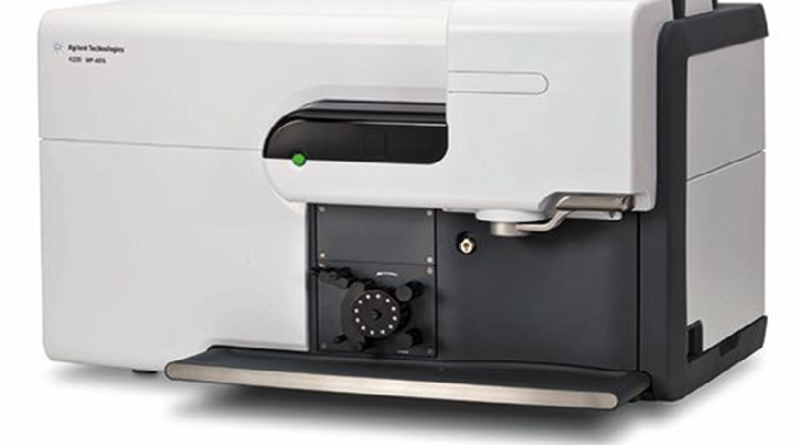Infrared radiation and vibrations induced in molecular bonds
The infrared spectroscopy studies the absorption of infrared radiation by the organic molecules . Infrared radiation is that part of the magnetic spectrum that has wavelengths ranging from those of visible radiation (<0.7 μm) to those of microwaves (> 1 mm) ICP MS Cones.
The area of greatest interest to the organic chemist is that between 4,000 and 400 cm -1 . IR spectroscopy is an analytical technique based on the interaction between an electromagnetic radiation and matter, and is called vibration spectroscopy; in fact when an organic molecule is hit by an infrared radiation whose frequency is between 10,000 and 100 cm -1 , the energy released by the radiation itself is converted into vibrational energy , and there are two fundamental ways in which the molecule can vibrate:
Stretching vibration (stretching): due to rhythmic stretching along the binding axis
Bending vibration (bending): due to variation of the bond angle.
When these vibrations determine a variation of the dipolar moment of the molecule, then there is an active IR vibration. When there is such a variation, in fact, the molecule, by vibrating, produces an oscillating electric field . This makes it possible to exchange energy with electromagnetic waves and therefore to absorb energy.
Energy absorption and the IR spectrum
The greater the dipolar moment variation, the greater the absorption ! Using an IR spectrometer it is possible to obtain the IR spectrum of a given material, obtained by plotting the intensity of the absorption as a function of the wavelength .
Although it refers to the molecule in its entirety, it is characterized by peaks referable to specific functional groups , which are part of its structure.
The infrared spectrum appears as a sequence of absorption bands recorded as a function of wavelength (or wavenumber).
The parameters that characterize an IR absorption band are:
Position , which is indicated by its λmax (in micrometers µm) or more often in wave number ν (cm -1 )
Intensity of a band (i.e. the height of the peak) expresses the probability that the energetic transition from the ground state to the excited state (by the functional group) that causes absorption occurs. It is customary to classify the bands in: strong (strong), medium (medium), weak (weak)
Shape of the IR bands, can be of two types: narrow (sharp), wide (broad).
Typical areas of the spectrum
- ZONE A (3650 – 2500 cm -1 ) → stretching frequencies of the X – H bond (x is a generic atom)
- ZONE B (2300 – 2100 cm -1 ) → stretching frequencies of the triple bonds
- ZONE C (1800 – 1500 cm -1 ) → double bond stretching frequencies
- ZONE D (1650 – 1300 cm- 1 ) → bending frequencies in the X – H plane)
- ZONE E (1300 – 900 cm -1 ) → stretching of the single bonds X – Y area of the fingerprint
- ZONE F (<1000 cm -1 ) → bending outside the H – X plane.

